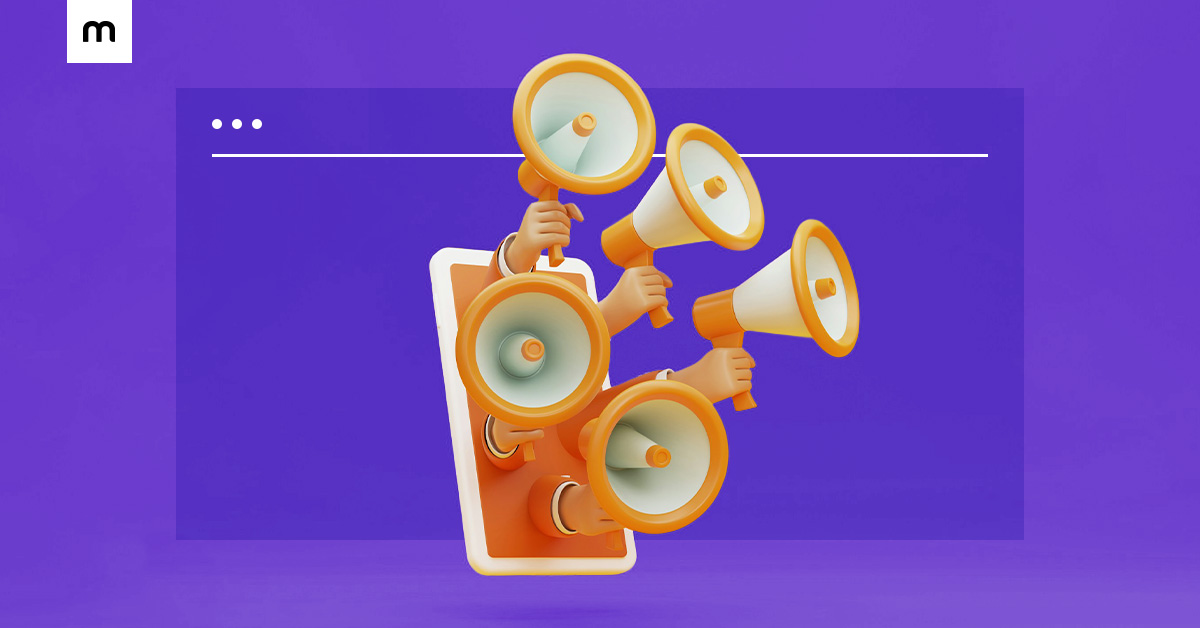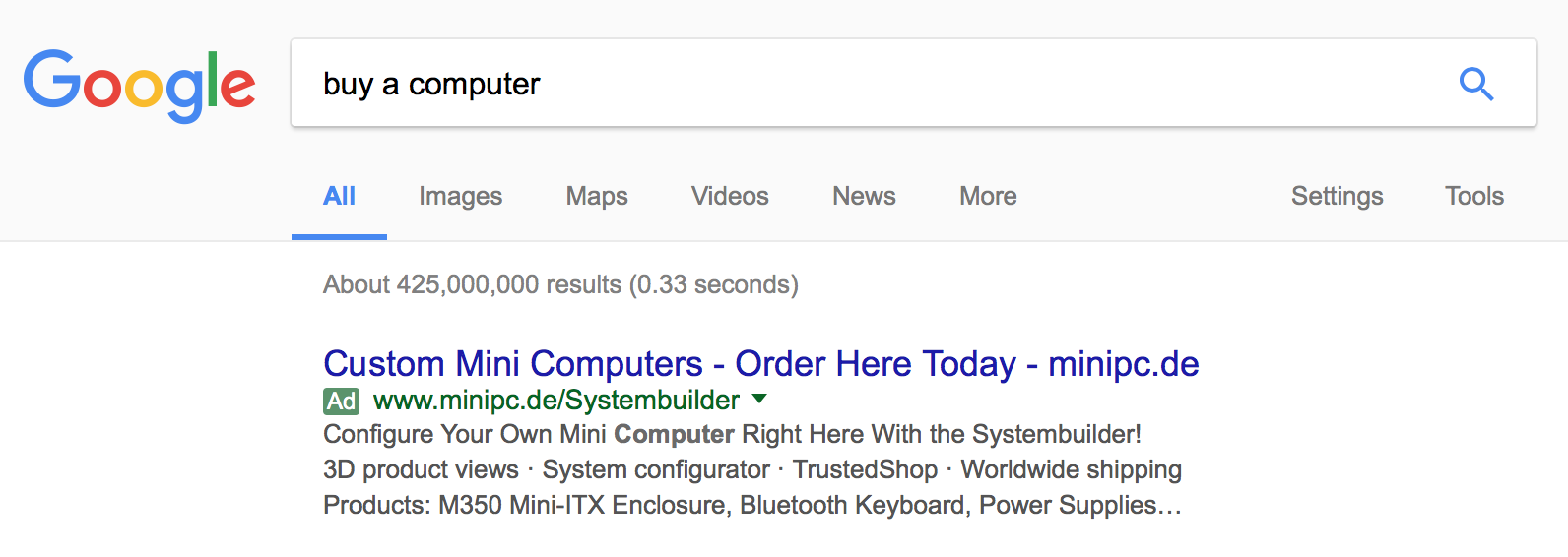How to create a website: Beginner-friendly guide on how to get traffic to your website

So, you’ve just managed to create a website. Maybe you used the best website builder or a simple website creator to get it done quickly. Either way, you’re excited—it looks great, the design is polished, and you’re ready to show the world.
But here’s the catch: a website without visitors is like opening a beautiful shop in the middle of the desert. No matter how stunning your store looks, if no one knows where it is, you won’t make a single sale.
That’s where marketing comes in. Marketing is the bridge between your new site and the people who need to find it. In fact, making a website for a small business is only 20% of the journey—the other 80% is learning how to get consistent traffic and build trust with your audience.
The good news? You don’t need to be a marketing expert. With a smart mix of inbound and outbound marketing strategies, even a beginner can turn a new site into a traffic magnet. Let’s break it down step by step.
Inbound vs. Outbound Marketing: The Two Traffic Engines
Before we dive into tactics, it’s important to understand the two big categories of online marketing.
Inbound Marketing: Attract People Naturally
Inbound marketing is about drawing people in by creating value—through blogs, videos, podcasts, or helpful resources. Think of it like planting seeds: it takes time, but once they grow, you’ll have a steady stream of organic visitors.
Examples:
- Writing SEO-friendly blog posts.
- Creating YouTube tutorials.
- Posting tips on LinkedIn or Instagram.
👉 Why it works: You’re building trust and positioning yourself as a helpful guide, not a pushy salesperson.
Outbound Marketing: Reach Out and Get Seen
Outbound marketing is more direct—you go out and place yourself in front of your audience. This includes ads, email campaigns, or sponsored promotions. Think of it like renting a billboard: you pay for exposure, and the results are immediate.
Examples:
- Running Facebook or Google Ads.
- Paying for directory listings.
- Cold email outreach.
👉 Why it works: It gives you quick visibility, especially when your website is brand-new.
The best strategy?
Combine both. Use outbound marketing to drive immediate traffic, while inbound marketing builds long-term, sustainable growth.
Step-by-Step: How to Get Traffic to Your Website
Now, let’s dive deep into the practical strategies.
1. Search Engine Optimization (SEO): Get Found on Google
SEO is what helps your website show up when someone searches for what you offer. If you want consistent, free traffic, SEO is your best friend.
How to start:
1. Keyword Research:
- Use tools like Google Keyword Planner, Semrush, or Ahrefs.
- Look for terms like “how to create a website,” “best website builder,” or industry-specific keywords.
- Target both short keywords (“website builder”) and long-tail keywords (“best website builder for small business owners”).
2. On-Page Optimization:
- Include your main keyword in the title, H1, meta description, and first 100 words.
- Use related terms naturally (e.g., create a website, make a website, build a website).
- Format with headings (H2/H3), bullet points, and short paragraphs for readability.
3. Content Strategy:
- Create helpful blog posts that solve real problems.
- Example: Instead of just having a homepage, write “10 Mistakes to Avoid When Making a Website for a Small Business.”
- Publish consistently—Google loves fresh content.
4. Technical SEO:
- Ensure your website loads fast (under 3 seconds).
- Make it mobile-friendly.
- Use HTTPS (secure SSL).
Pro Tip: Write for people first, Google second. If your content is genuinely useful, Google will reward it.
2. Paid Search Advertising: Instant Visibility
SEO takes months. Paid ads bring traffic tomorrow.
How it works:
- Choose keywords (e.g., “website builder for small business”).
- Bid on them in Google Ads.
- Create an ad with compelling copy.
- Pay per click (PPC) when someone visits your site.
Example Costs:
- Small markets: $0.10–$1 per click.
- Competitive niches: $2–$5 per click (or more).

Pro Tips:
- Start small ($5–$10 per day).
- Test different headlines and landing pages.
- Track conversions (not just clicks).
👉 Use paid ads to boost a new site while your SEO builds traction.
3. Online Directories and Listings: Be Where People Search
Directories still matter, especially for local or niche businesses. They also provide backlinks, which boost SEO.
Where to list yourself:
- Google Business Profile (a must-have).
- Yelp, Bing Places, TripAdvisor (if relevant).
- Industry-specific platforms (e.g., Dribbble for designers, Houzz for home services).
- Local directories and chambers of commerce websites.
Pro Tip: Fill out profiles completely with business hours, photos, and a link to your site. Profiles that look incomplete often get ignored.
4. Social Media Marketing: Show Up Where People Hang Out
Social media isn’t just about posting memes—it’s about building a connection.
Best practices:
- Pick 1–2 platforms your audience uses most. A fashion brand might focus on Instagram and TikTok; a B2B service might lean into LinkedIn.
- Share a content mix: tips, behind-the-scenes, customer stories, promotions.
- Engage actively: reply to comments, DM people back, run polls.
- Run ads: Organic reach is limited—use targeted ads to boost your best posts.
Mistake to avoid: Having a “dead” profile. An inactive Facebook page can make your business look abandoned.
5. Content Marketing: Become the Expert
Content marketing builds trust and authority. Done right, it attracts people to your site again and again.
Ideas:
- Blog posts (guides, how-tos, case studies).
- Videos (tutorials, product demos).
- Podcasts (interviews, discussions).
- Infographics and checklists.
Example: A lawyer could publish “How to Make a Website Legally Compliant in [Your Country].” This provides value and attracts clients.
Pro Tip: Use a content calendar. Plan weekly posts so you don’t lose consistency.
6. Email Marketing: Nurture and Retain Visitors
Not everyone buys on their first visit. Email keeps you top of mind.
Steps to do it right:
- Offer a freebie (ebook, checklist, discount code) in exchange for an email.
- Send a welcome series introducing your brand.
- Share a mix of educational tips, personal stories, and offers.
- Segment your list (new subscribers vs. loyal customers).
Example: An online clothing store can send styling tips, care instructions, and exclusive discounts.
Pro Tip: Don’t just sell—add value. A good ratio is 80% useful content, 20% promotions.
7. Collaborations and Partnerships: Grow Faster Together
Team up with other businesses that share your audience.
Ways to collaborate:
- Guest blogging.
- Joint webinars or workshops.
- Co-branded giveaways.
- Referral partnerships.
Example: A photographer partners with a florist and wedding planner to cross-promote services. Everyone wins.
8. Analytics: Test, Measure, Improve
You can’t improve what you don’t track.
Tools to use:
- Google Analytics (traffic sources, user behavior).
- Google Search Console (keywords, indexing issues).
- Heatmaps (Hotjar, CrazyEgg to see where people click).
Pro Tip: Review data monthly. If Instagram drives more traffic than Twitter, double down on Instagram.
Final Thoughts: Marketing Turns a Website Into a Business
Learning how to create a website is just the beginning. The real work—and reward—comes from driving traffic.
Here’s the formula:
- SEO for long-term growth.
- Paid ads for quick wins.
- Directories for credibility.
- Social media for community.
- Content for authority.
- Email for retention.
- Partnerships for acceleration.
- Analytics for continuous improvement.
👉 If you haven’t built your site yet, pick the best website builder for your needs. Tools like Mozello make it easy to make a website or even create an online store without technical skills.
Remember: creating a website is step one. Marketing is the journey that turns it into something powerful.
